The Forgotten Market
Simple, China happened. 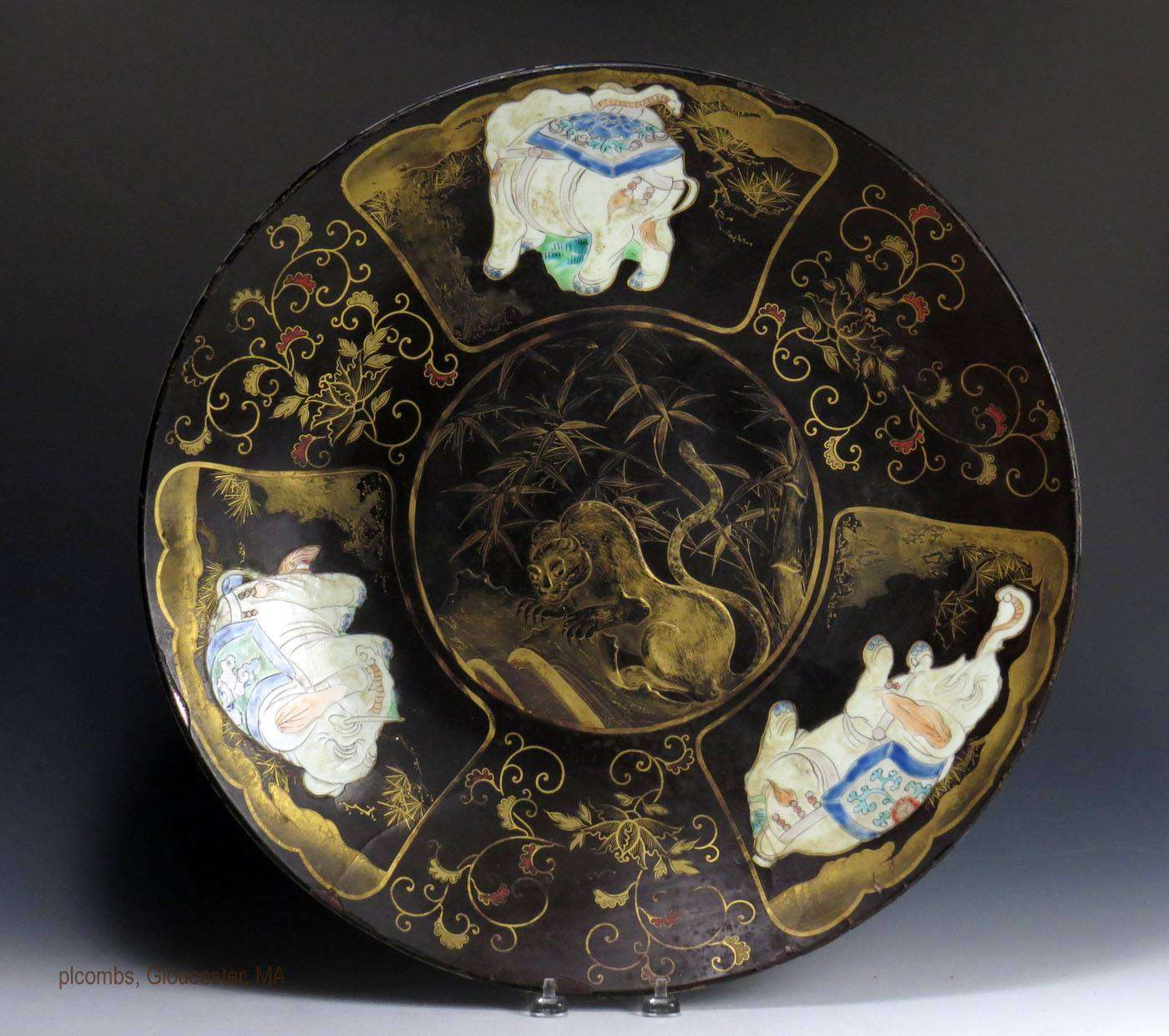
A very rare example and was bought for under $600 on eBay.
The Collectors Who Really Weren't
Up until the late 1990's the Japanese art and antiques market was a vibrant one. During the previous decades Japan had become a global powerhouse over the entire market. Wealthy Japanese businessmen and corporations were major buyers of everything from early Kutani and screens to paintings by Monet, Van Gogh and old masters drawings. They spent billions buying the best of everything.
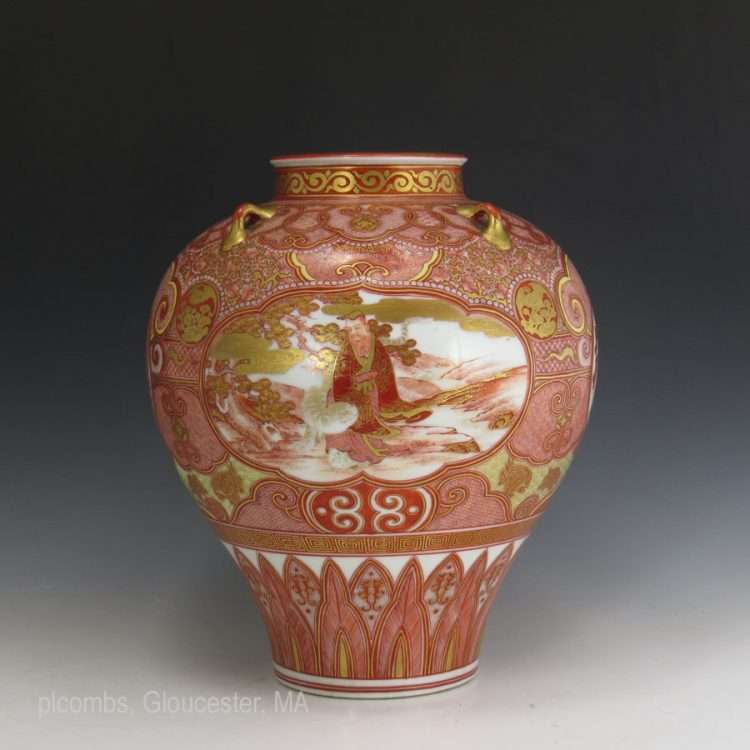
Meiji Period (1868-1912) Kutani, signed and made by Seizan Kutani .
"Kutani Seizan Do Zo"
Bought in 2008 for $500.

Then, almost overnight with the rise of China, a downturn hit the Japanese economy, and the buying of all art hit a brick wall. It was over, Japan was done buying almost everything and never reentered the markets.
China's economy was expanding rapidly and Japan simply got crushed as a result. Since then, it's been all about China and Chinese art, resulting nearly insatiable demand for Imperial objects and upward spiralling demand and values. The prices of Japanese objects plummeted as so few were left to support the market. It created an opportunity.
Art Collectors or Investors
Collecting Japanese porcelain and pottery during the 1990's and before was divided into two distinct camps. The same is true today in the Chinese market. Some were true collectors and many, if not most, jumped on the band wagon as "investors" posing as collectors. When things in Japan changed financially, the Investors bailed out, collapsing the market.
Today collectors can and are buying incredibly fine Japanese works for under 20 cents on the dollar compared to 25 years ago. For TRUE collectors this has been manna from heaven and a boon now for decades. As for the investor-collectors? It's been a wipe out.
A great collector once told me: "In the end, the money means nothing if you collect with your heart."
Collecting Japanese Porcelain Versus Chinese
In many ways it's as they say Apples and Oranges, a matter of personal taste. Personally I enjoy and collect both equally. Both have a very personal aesthetic if you truly collect only what you like and are drawn to, you will likely find you've missed out by overlooking art from Japan, especially the ceramics.
The histories of collecting both is fascinating, interestingly some of the best collections of Chinese art ever formed were by Japanese collectors. ( see. Fujita Denzaburō) They also collected Japanese material with abandon. Curiously, the Chinese never reciprocated in any major way with Japanese collecting.
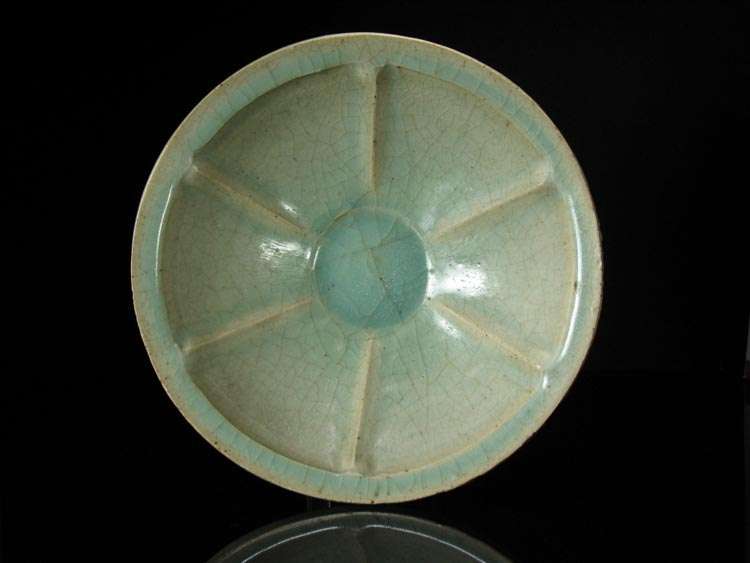
A very rare celadon bowl by Kawai Kanjiro, previously in the collection of Langdon Warner, Curator of Oriental Art at Harvard’s Fogg Museum
If you enjoy Asian culture and are looking to broaden your interest, check out the thousands of superbly made things produced in Japan over the last thousand years. Below are few more superb things to give you a taste.
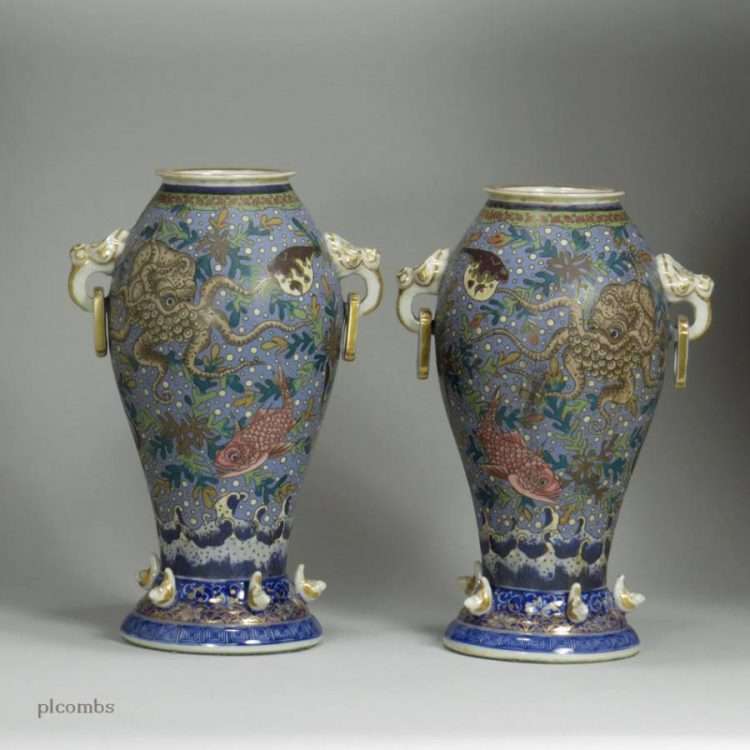
It is important to keep in mind, the very first true porcelain made in Japan was done during the late 16th C.. Some of the finest examples were made between 1675 and 1730. Most of the porcelain shown here can be purchased for under $30,000, several typically sell for $1,000 to $5,000.
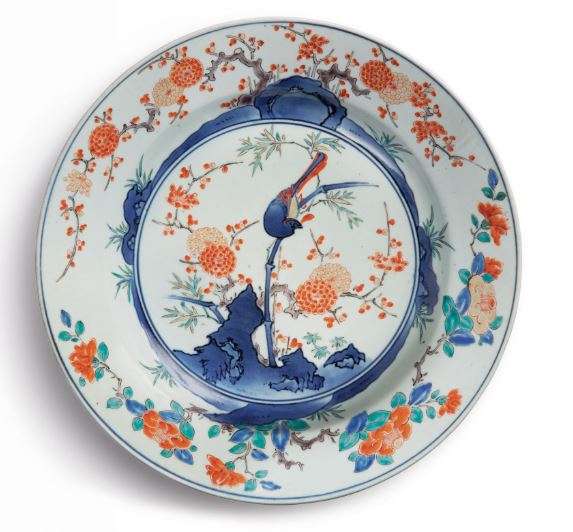
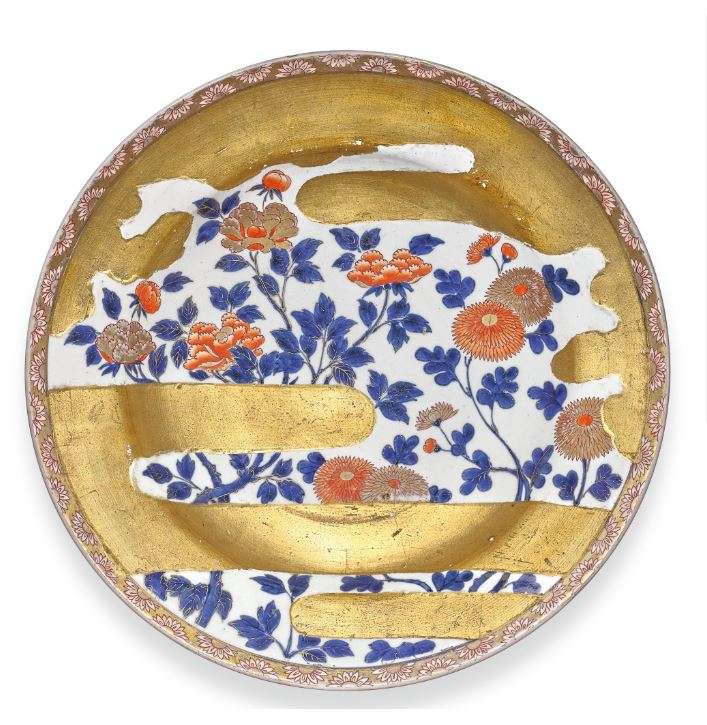
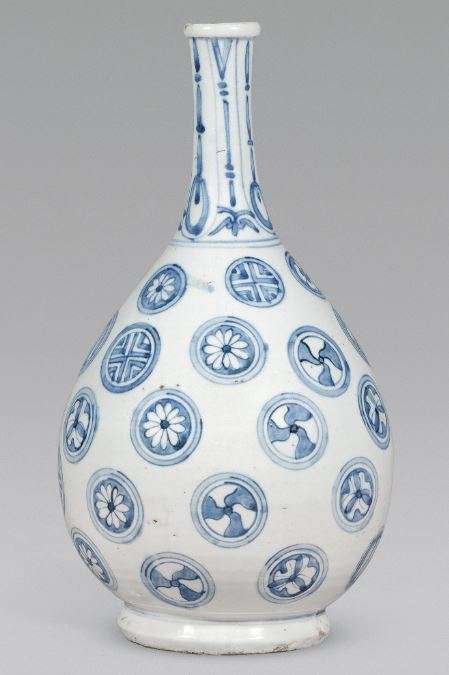
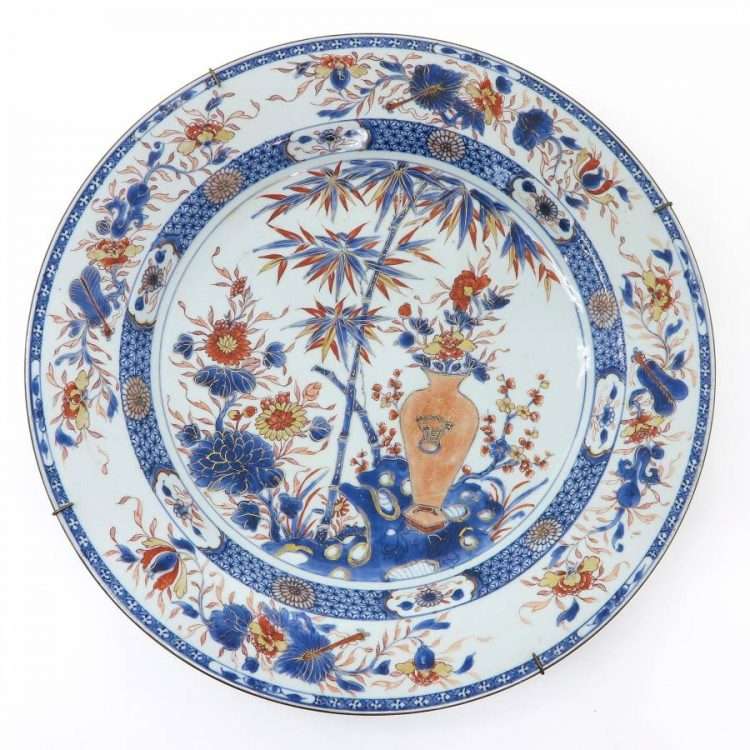
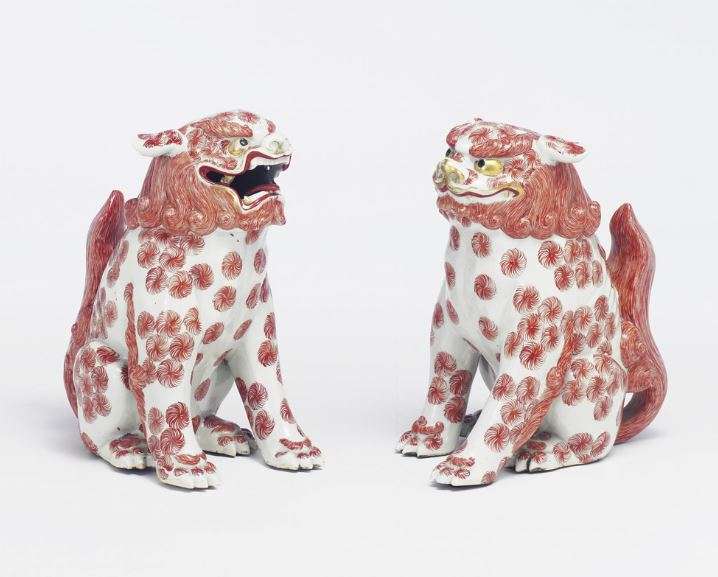
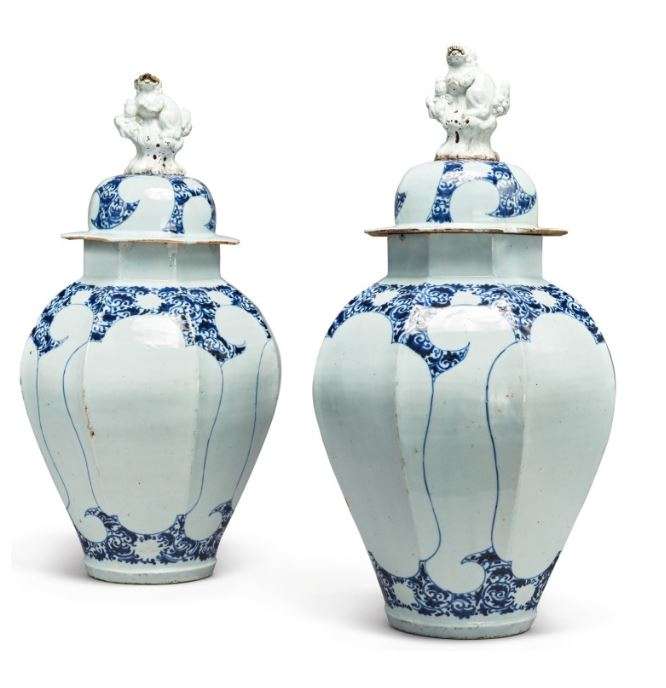
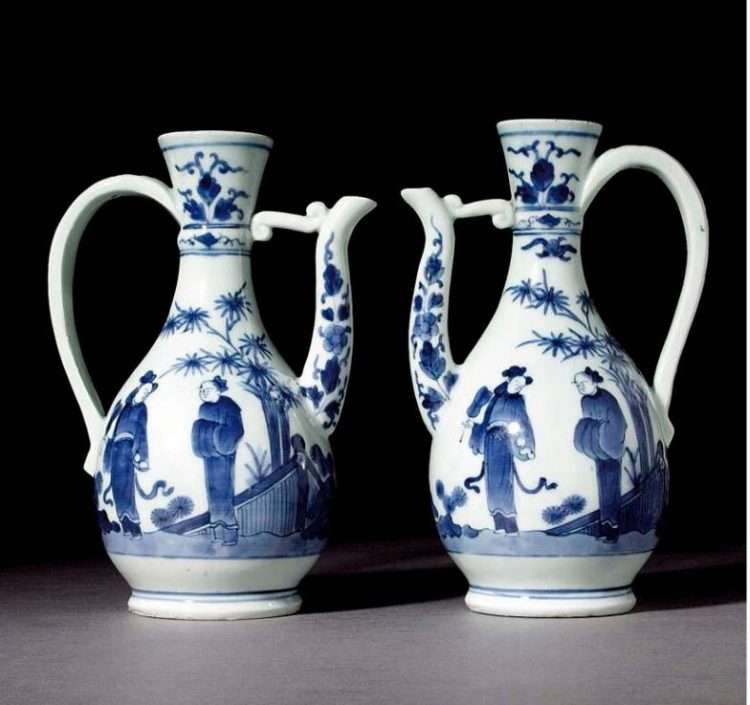
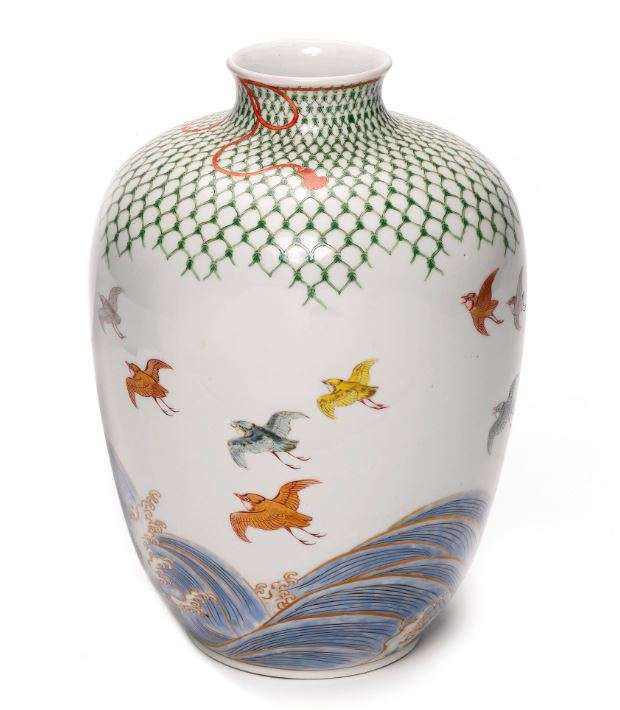
So why not broaden your collections to include a very overlooked and underappreciated category.
I agree with you: ‘why not collect from both ceramic areas’. I myself believe that there are only three reasons for collecting Asian art and these are: 1. beauty and 2. the appearance of the artistic elements which give us an idea of time and circumstances and 3. when possessing something of ages ago you must realise that it is your direct connection of times pas by.
Greetings from Holland,
Dr. Elze Luikens
Regarding your comment that the Chinese have never really reciprocated their interest in collecting Japanese work, one needs to remember the atrocities Japan committed in China in the past. There has long been animosity there and this, I think, partly explains this fact.